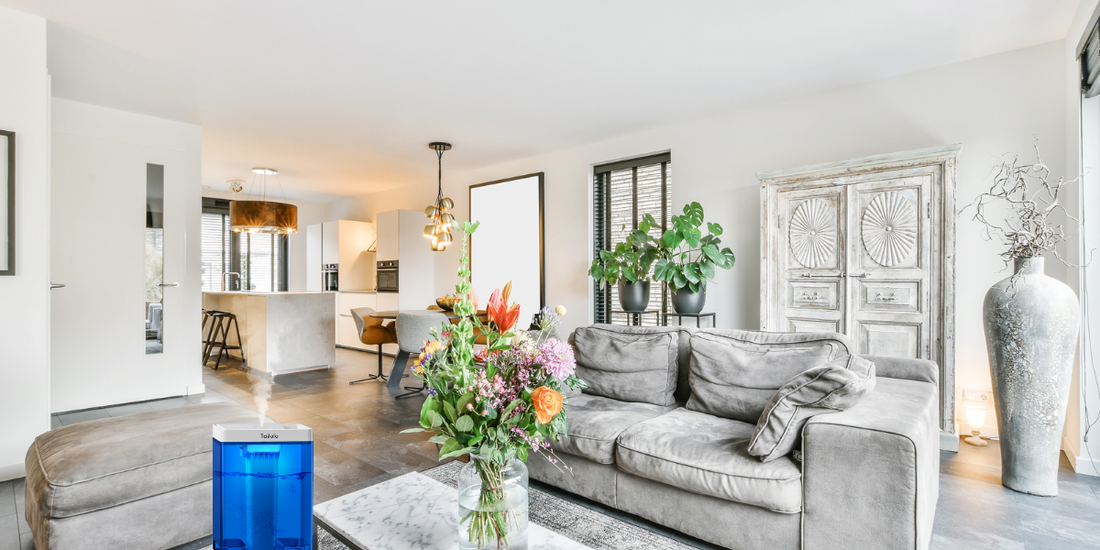Indoor plants bring life and beauty to our homes and workspaces, but they require specific conditions to thrive. One crucial factor that often goes overlooked is humidity. Many indoor environments have low humidity levels, especially during winter months or in air-conditioned spaces. This is where a humidifier can make a significant difference. In this blog post, we will explore the benefits of using a humidifier for your indoor plants, helping you create a healthier and more favorable environment for their growth.
Optimal Humidity Levels: Indoor plants typically thrive in environments with higher humidity levels than what our homes or offices naturally provide. By using a humidifier, you can increase the moisture content in the air, creating an environment closer to the plants' natural habitat. This promotes healthier growth and minimizes the risk of dryness-related issues, such as wilting or leaf yellowing.
Prevention of Dry Air Problems: Low humidity can lead to various problems for indoor plants. Dry air can cause the soil to dry out quickly, leading to more frequent watering needs. It can also result in accelerated moisture loss through the leaves, leading to dehydration and stress. By using a humidifier, you can counteract these issues, ensuring that your plants receive adequate moisture and reducing the frequency of watering.
Improved Transpiration: Transpiration is the process by which plants release moisture into the air through their leaves. Adequate humidity levels facilitate efficient transpiration, allowing plants to uptake nutrients more effectively and support essential physiological processes. When the air is too dry, plants can struggle with nutrient uptake, leading to stunted growth and reduced vitality. A humidifier helps maintain the ideal humidity range for optimal transpiration.
Prevention of Pest Infestations: Low humidity environments can make indoor plants more susceptible to pest infestations. Many common plant pests, such as spider mites, thrive in dry conditions. By increasing humidity with a humidifier, you create an inhospitable environment for these pests, reducing the likelihood of infestations. Additionally, certain pests, like whiteflies, are less likely to reproduce in higher humidity levels, further safeguarding your plants.
Healthier Foliage: Adequate humidity levels contribute to lush, vibrant foliage. Dry air can cause leaves to become brittle, yellow, or develop brown edges. By maintaining optimal humidity levels with a humidifier, you can help your plants retain their natural beauty. Healthier foliage also improves the overall aesthetics of your indoor space, enhancing its visual appeal.
Improved Air Quality: Humidifiers not only benefit your plants but also contribute to better indoor air quality for you and your family. They add moisture to dry air, helping alleviate respiratory problems, reducing the occurrence of dry skin and lips, and minimizing static electricity. By creating a more comfortable environment for everyone, a humidifier enhances the overall well-being of your household.
Versatility: Humidifiers come in various types and sizes, making them adaptable to different indoor spaces. Whether you have a small apartment or a spacious office, there is a humidifier suitable for your needs. From tabletop models to larger units, you can find a humidifier that fits your space and the number of plants you have.
In conclusion, using a humidifier for your indoor plants provides numerous benefits. It helps maintain optimal humidity levels, prevents dry air problems, promotes transpiration and nutrient uptake, reduces the risk of pest infestations, improves foliage health, enhances air quality, and offers versatility in application. By investing in a humidifier, you can create a more favorable environment for your beloved indoor plants, ensuring their vitality and longevity.

